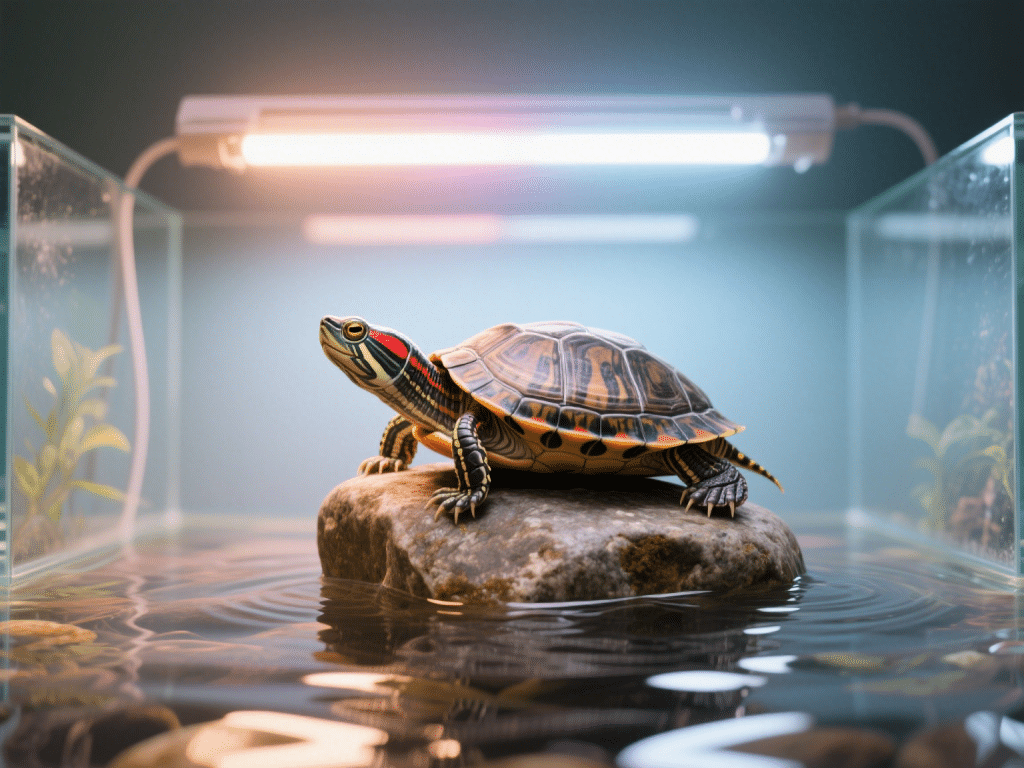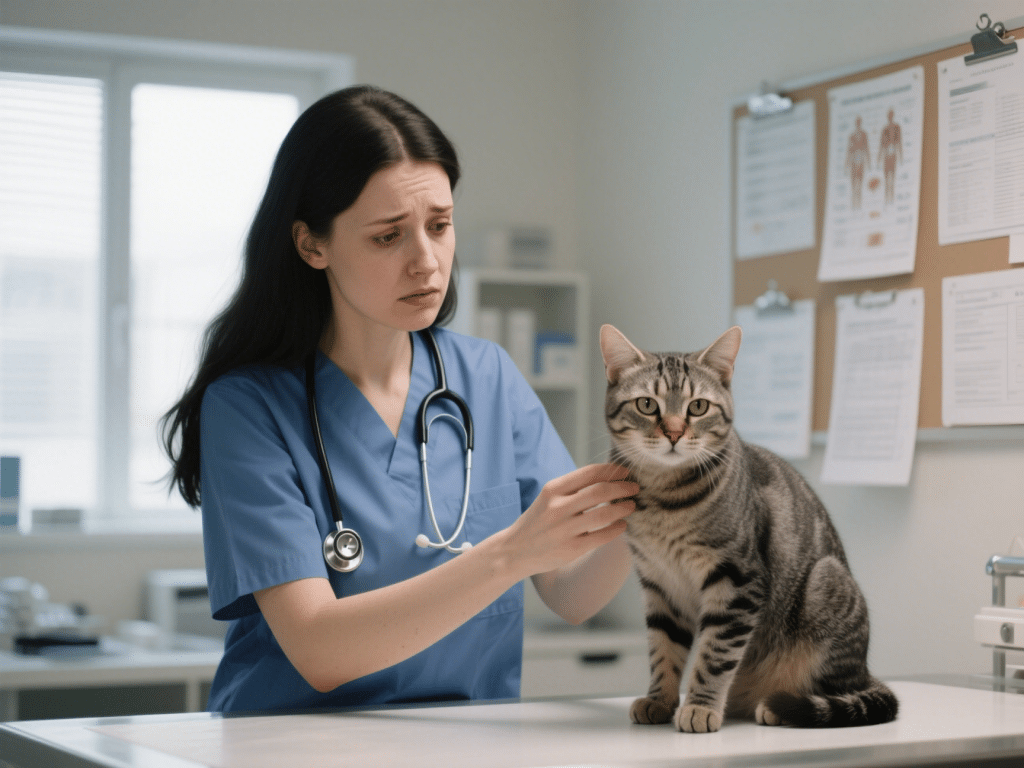
How to Manage Overgrown Turtle Shells: A Complete Care Guide
I’ve specialized in chelonian health for over a decade, and one of the most common issue...

Basking is a critical behavior for freshwater turtles—it regulates temperature, promotes shell calcification, and supports vitamin D3 synthesis. As a herpetology consultant with over a decade of reptile‑care experience, I’ll guide you through the science and practice of designing an effective basking station. This article covers UVB and UVA requirements, heat gradients, substrate choices, and maintenance protocols—ensuring your turtle flourishes with a strong shell, robust immune function, and active lifestyle.
Freshwater turtles require both UVA (320–400 nm) and UVB (280–320 nm). UVB enables the conversion of dietary vitamin D3 into its active form, calcium‑binding calcitriol; without it, turtles develop metabolic bone disease (MBD).
Lamp Selection:
Linear Fluorescent UVB Tubes: Provide even coverage; replace every 6 months.
Mercury Vapor Bulbs: Combine heat and UVB output; position 12–18 inches above basking spot.
Intensity and Coverage:
Aim for UV Index (UVI) of 1.0–2.0 at the basking level—measure with a reptile UV meter if possible.
Ensure the entire basking area receives uniform UVB exposure.
Turtles thermoregulate by moving between warm and cool zones. A proper gradient allows them to achieve optimal body temperatures (85–93°F on the basking platform; 75–80°F in water).
Heat Source:
Use an infrared heat lamp or ceramic heat emitter above one end of the tank.
Monitor with digital thermometers at basking surface and water mid‑depth.
Basking Surface:
Provide a flat rock or floating dock.
Ensure stability—turtles must feel secure when climbing out of water.
Water Depth: Deep enough for swimming (1.5× turtle shell length) but shallow sloped at one end to facilitate easy entry onto basking ledge.
Substrate Options:
Bare Bottom: Easiest to clean, ideal for juveniles and quarantine setups.
Large River Rocks: Provide texture for foot health; rinse thoroughly to remove debris.
Décor: Include aquatic plants (e.g., Anubias, Java fern) for cover and to mimic natural environments.
Lamp Maintenance: Replace based on manufacturer’s recommended schedule—even if bulbs still emit light, UVB declines over time.
Water Quality: Use a powerful canister filter; perform 25–30% water changes weekly.
Tank Cleaning: Scrub algae from basking surfaces and glass; inspect for loose silicone promising no sharp edges.
Creating an optimal basking setup isn’t just about temperature—it’s about replicating natural sunlight and microhabitats that turtles evolved to inhabit. By carefully selecting UV lamps, maintaining precise heat gradients, and providing secure basking substrates, you’ll promote healthy shell growth, efficient digestion, and active, curious behavior in your aquatic companion.

I’ve specialized in chelonian health for over a decade, and one of the most common issue...

IntroductionBalconies offer fresh air and stimulation for indoor cats but also pose safety...

IntroductionOral health is fundamental to your pet’s overall well-being. Dental disease ...

The Science-Backed Benefits of Dog CompanionshipOwning a dog extends far beyond companions...

Dealing with Feline Urinary Tract Problems: Prevention and CareFeline Lower Urinary Tract ...

IntroductionCats are obligate carnivores, meaning their bodies require nutrients found pri...
Comments on "Turtle Basking Essentials: Lighting, Temperature, and Habitat Setup" :